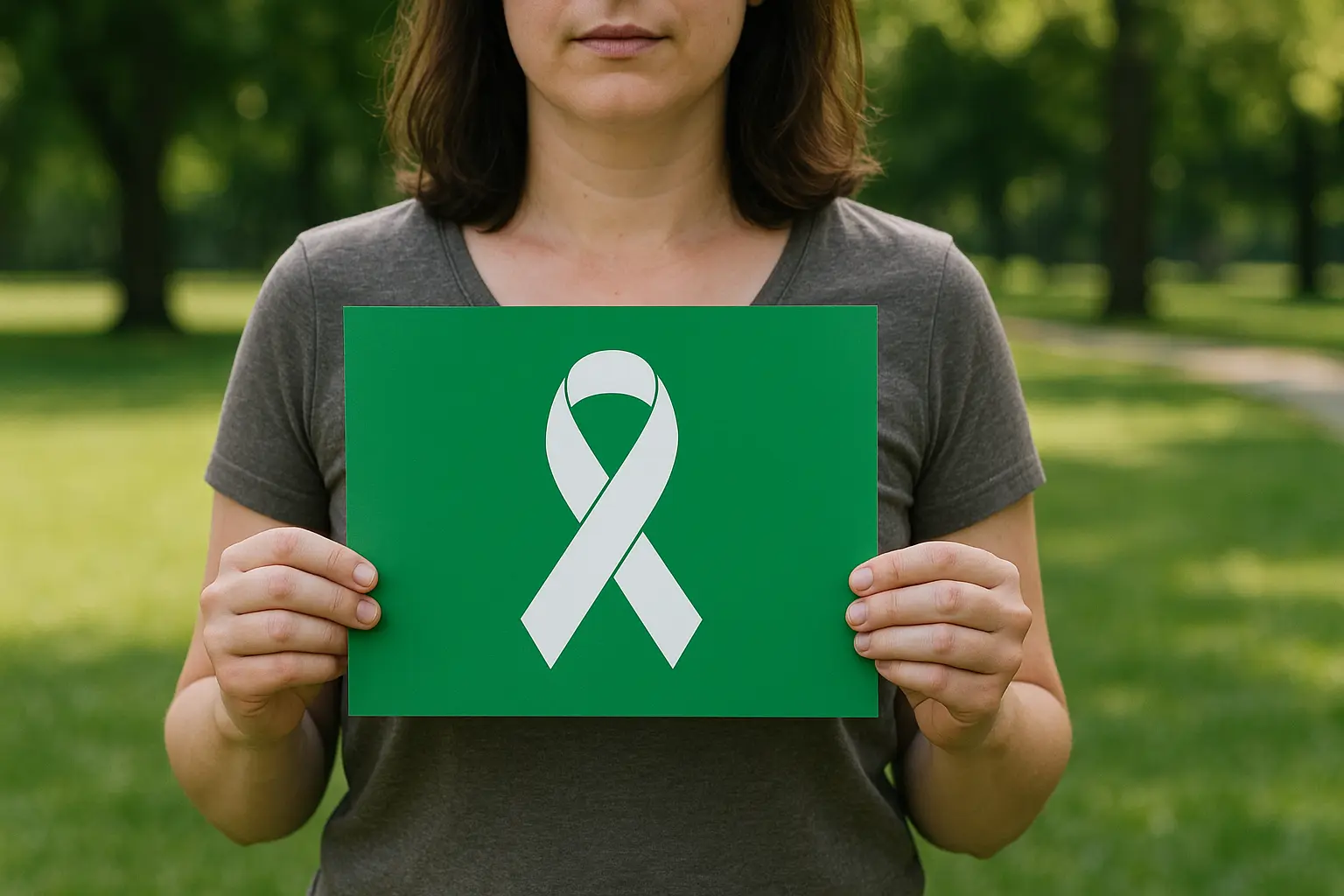According to WHO, 1 out of every 8 persons worldwide lives with a mental health condition, yet most suffer in silence. Stigma, lack of access, and societal misunderstanding continue to delay treatment and exacerbate symptoms until the price is ultimately paid with a loss of life.
Mental health awareness is neither fiction nor something limited to just one month on the calendar. It is a pressing public health concern deserving of extended education, open conversation, and some systemic changes. In this guide, we will examine why it is essential to recognize mental health signs and what steps to take for oneself or an individual.
Why Mental Health Awareness Matters
A Hidden Epidemic
Mental health maladies are a lot more common than most people consider. From anxiety and depression to bipolar disorder and PTSD, the invisible struggles of these millions of people occur each day. But many put off seeking help for 10 years after the first appearance of symptoms because of stigma and misinformation.
The Price of Silence
An untreated mental health condition can affect:
- Physical health (chronic illnesses, substance use)
- Work performance (low productivity, burnout)
- Relationships (conflict, isolation)
- Quality of life in general
APA asserts that mental well-being is as essential as physical health, and the two are intertwined with each other.
Key Benefits of Mental Health Awareness
1. Early Intervention
Awareness leads to recognition. Recognizing early warning signs such as social withdrawal, sleep disruption, mobility, and change of mood can assist in earlier diagnosis and better treatment outcomes.
2. Reduced Stigma
A better understanding of mental health means less judgment of others and less shame about one’s struggles. Community campaigns, open discussions, and sharing of lived experience stories can influence perception and culture.
3. More Support and Access
Awareness will contribute to policy and funding shifts that aim to produce better care, as well as money for more inclusive communities and workplaces that prioritize mental well-being.
A Step-by-Step Guide to Supporting Mental Health
Step 1: Educate Yourself
Begin learning about common conditions such as:
- Depression
- Generalized Anxiety Disorder
- Obsessive-Compulsive Disorder
- Schizophrenia
- Bipolar Disorder
Organizations such as NAMI (National Alliance on Mental Illness), Mental Health America, and the World Health Organization are good sources for reliable materials.
Step 2: Recognize the Signs
Some of the common early warning signs are:
- Frequent sadness or irritability
- Excessive fears or worries
- Sudden changes in mood
- Withdrawal from social activities
- Drug misuse
- Difficulty focusing
Step 3: Create Safe Spaces
At home, at work, or at school, psychological safety creates an environment in which a person can speak without fear of criticism. Listening without offering unsolicited advice can be the very first step.
Step 4: Promote Therapy
Therapists, counselors, psychologists, and psychiatrists are all trained to diagnose and treat mental health conditions. Encourage your loved ones to get help, and seek help yourself, only for preventative mental wellness maintenance.
Real-World Case Study: The Work Reintegration Journey
Company: Helix Tech Solutions
Challenge: Greater Employee Burnout, Lower Productivity, and Rising Absenteeism
Solution: Partnering with mental health practitioners, the leadership:
- Started monthly wellness webinars
- Enabled teletherapy access through Talkspace
- Carried out mental health first-aid training for its managers
Result: Within 6 months, employee satisfaction improved by 37%, while absenteeism dropped by 28%.
Rachel Lin, CFO, said, “We realized that ignoring mental health was costing us our people. Now, we lead with empathy.”
Promoting Airtable Software for Mental Wellness
- The right language is very important: Never say someone is “suffering from depression;” instead, say they are “living with depression.”
- Listening to others is very important: Engaging, validating, and not rushing into giving solutions.
- Checking in: Sometimes it is just a simple, “How are you doing?” that can be life-changing.
- Respecting boundaries: Respecting people who need time or space from their responsibilities.
- Advocating for resources: Campaign for school counselors, mental health days, or insurance denials.
What to Avoid
- “It will just pass”: Most of us look at it as temporary stress.
- Stereotyping conditions: A mental illness does not have a “look.”
- Unsolicited advice: Telling a person to “cheer up” or “try yoga” can be invalidating.
- Thinking therapy is just for crises: Mental wellness is for anyone- and everyone- not just for people who are in distress.
Future Trends in Mental Health Awareness
1. Early Intervention through Digital Tools
Headspace, BetterHelp, and Calm are platforms that keep increasing the accessibility of mental health support.
2. Machine Learning to Improve Mental Health Screening
New tools have been put up to utilize AI to detect signs that someone is in distress coming from voice, behavioral, or text analysis.
3. In-House Workplace Benefits
Mental health benefits are being integrated right into HR strategies now more and more, from flexible schedules to training to prevent burnout.
4. Intersectional Mental Health
This means shifting future advocacy toward culturally competent care that acknowledges race, gender identity, religion, and socio-economic background.
Conclusion: Awareness Is the Initial Step but Not the Final Step on That Path
In other words, mental health awareness is not about just knowing something and forgetting it. From booking a therapy appointment to.
Having a friend, considered an option in a workplace conversation action in and of itself, when combined with others, builds a world that does not make anyone feel alone in his or her struggle.
Everyone has mental health. And just like for physical health, it requires attention, care, and compassion.
Go ahead, make your first step today. Talk about mental health. Learn something new. Make that call. You do not have to be an expert to make a change.




